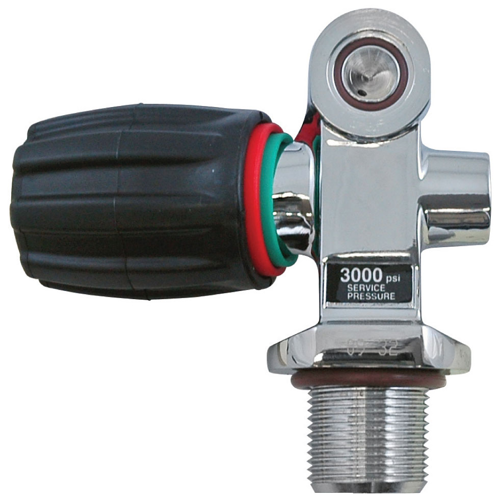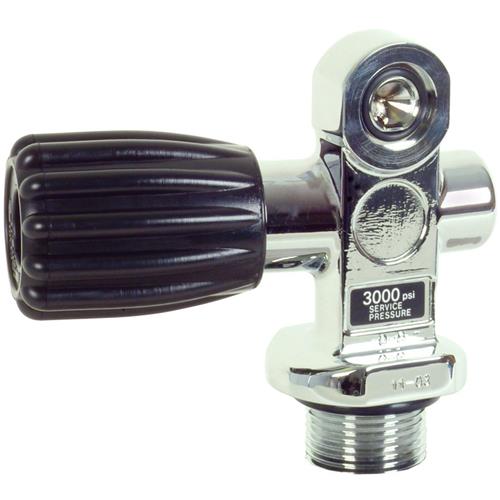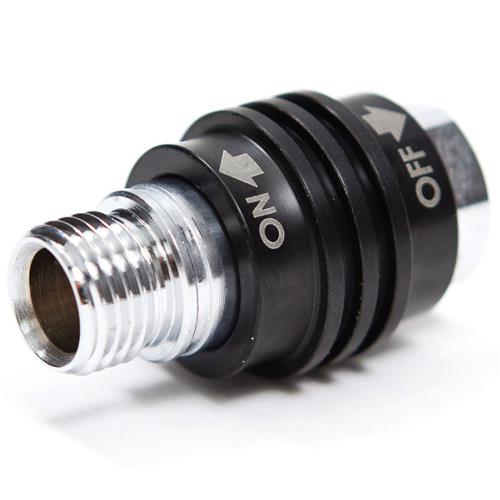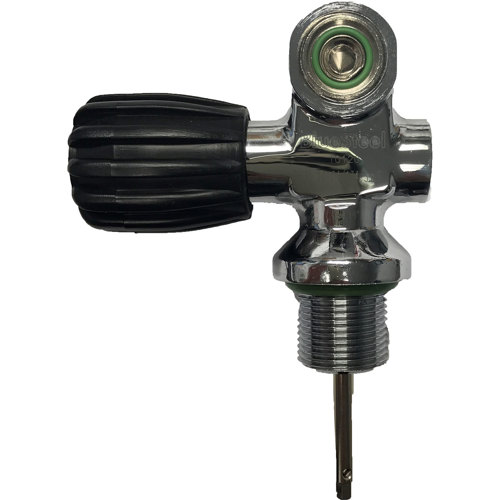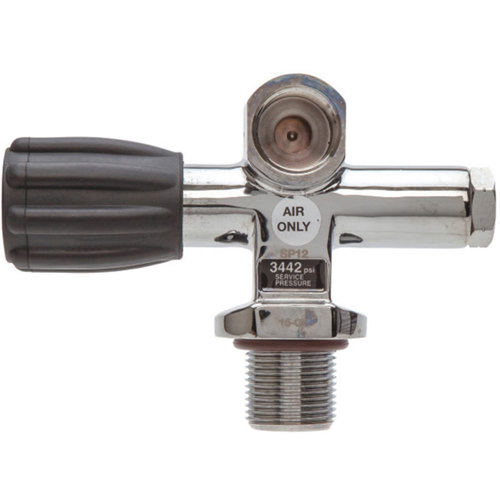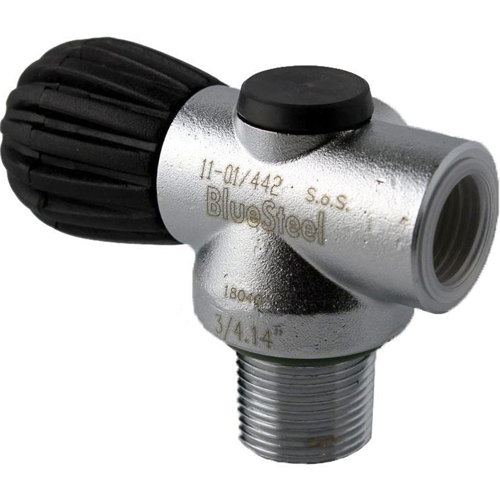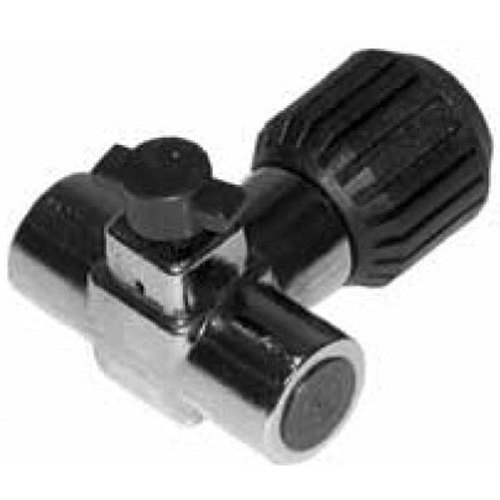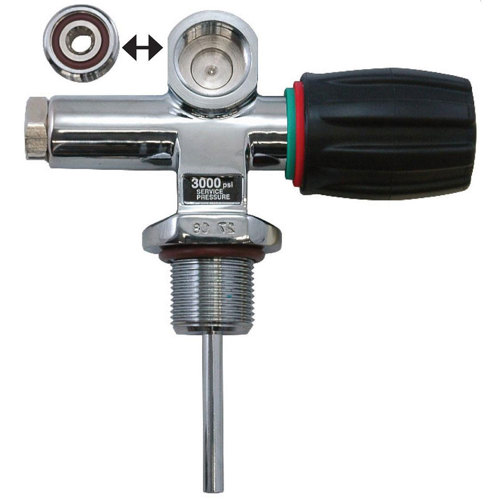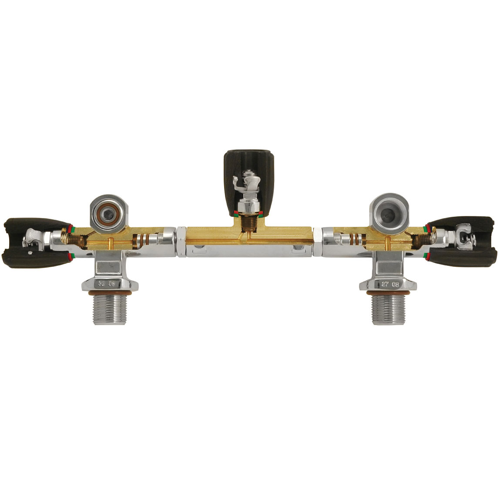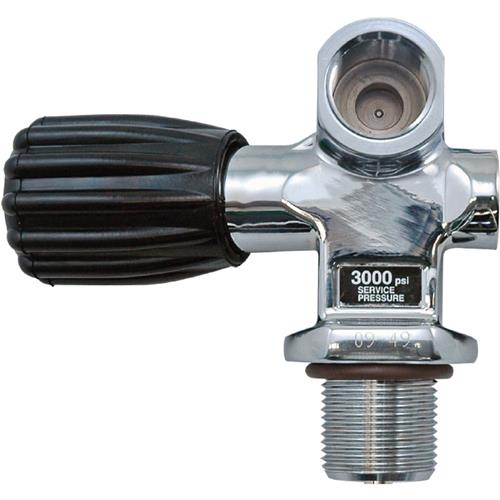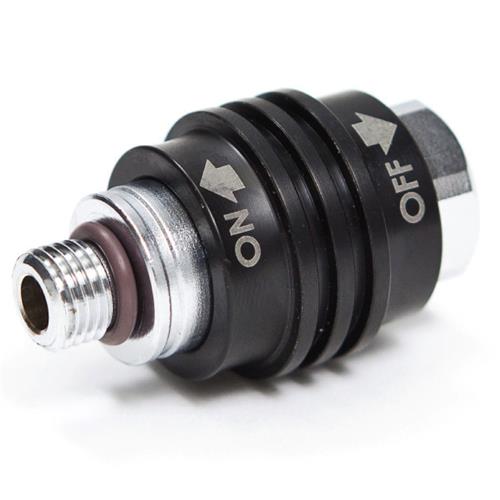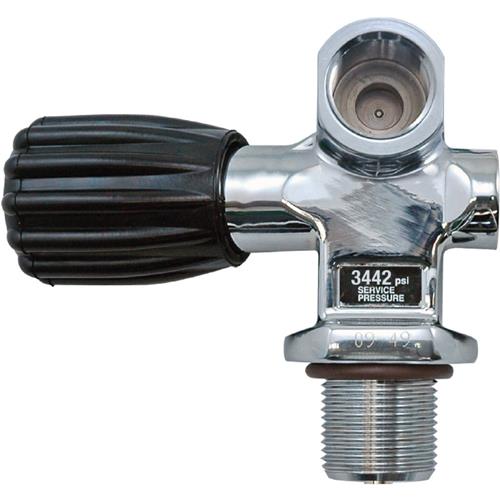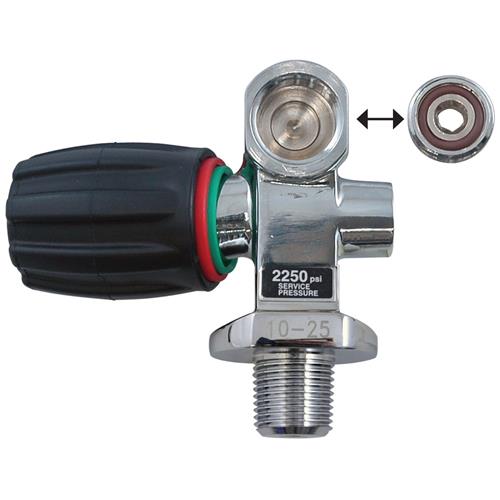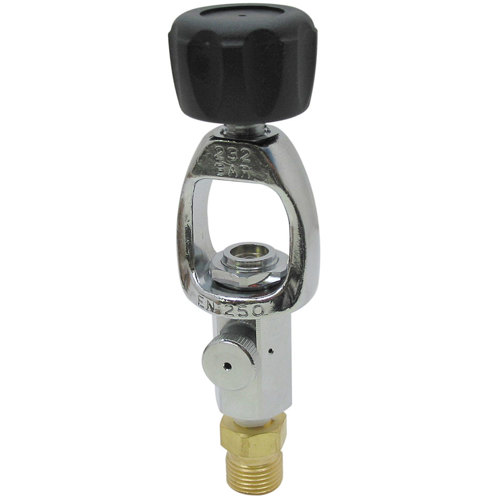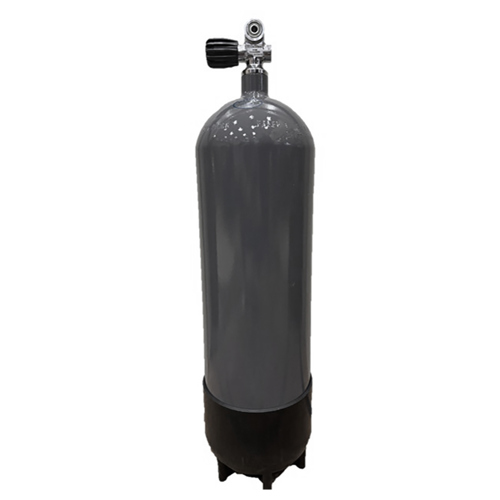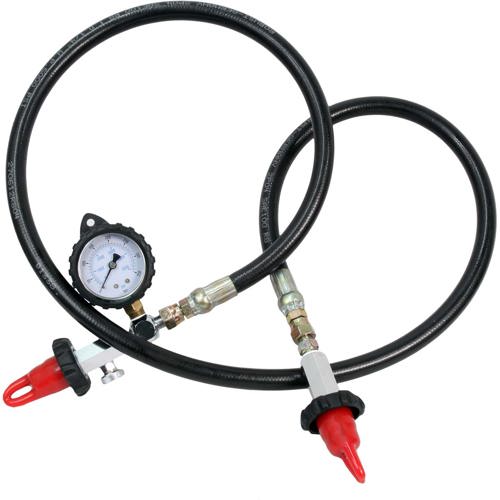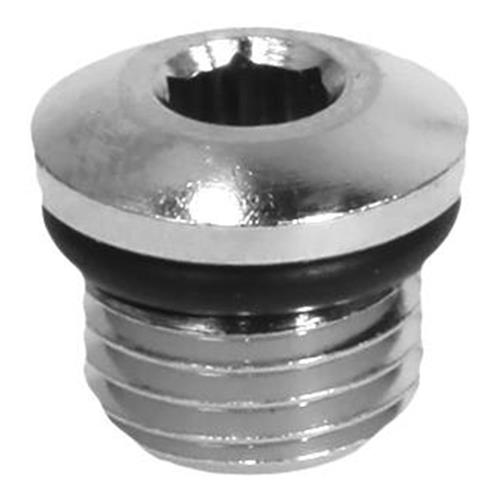Scuba Shut Off Valves
When you’re assembling or upgrading your dive kit, the right shut off valve can make all the difference in both safety and comfort underwater. Shut off valves are indispensable components in the world of scuba diving, acting as gatekeepers that control the flow of air between tanks, regulators, and other life-supporting equipment. Whether you’re an experienced technical diver managing complex gas switches, a dive instructor setting up for a busy day of student training, or a recreational diver who values extra control and redundancy, shut off valves offer a level of versatility and assurance that’s hard to match. As autumn brings cooler waters and the promise of quieter dive sites, many divers find themselves reviewing and refining their gear. A reliable shut off valve can be especially valuable in these months, when cold water can increase the risk of free flows or regulator freeze-ups. Being able to isolate a problem instantly and continue your dive—or make a safe ascent—can be a game changer, particularly in remote or challenging conditions.
Selecting the right shut off valve involves considering your specific diving environment and equipment configuration. For those venturing into technical or overhead environments like caves and wrecks, a robust, easy-to-operate valve is essential. Cold water divers often look for models with large, glove-friendly handles and smooth operation even in icy conditions, while warm water travelers might prioritize compact designs that add minimal bulk to their rig. Some divers appreciate the peace of mind that comes with having a shut off valve installed on their alternate air source, allowing them to prevent accidental free flows during entry, exit, or surface swims. Others use shut off valves in sidemount or stage bottle setups, where precise gas management is critical. If you’re shopping for a dive buddy, instructor, or family member who’s passionate about technical diving, a high-quality shut off valve can be a thoughtful and practical gift—especially as the holiday season approaches and divers prepare for winter adventures or tropical getaways. It’s a piece of gear that quietly supports every dive, often going unnoticed until the moment it’s needed most.
An investment in a well-made shut off valve pays dividends in both durability and performance. Look for corrosion-resistant materials and smooth, positive action that inspires confidence with every turn. Installation and maintenance should be straightforward, with clear markings and secure fittings that integrate seamlessly with your existing setup. For those who want to delve deeper into advanced configurations or professional-grade solutions, our curated collection of
Scuba Valves For Pros is a great resource. Ultimately, the right shut off valve is about more than just hardware—it’s about diving with confidence, knowing you have control over your breathing gas in any situation. Whether you’re exploring kelp forests as the autumn light filters through the water, or gearing up for a winter dive trip to the tropics, a dependable shut off valve is an essential ally beneath the waves.


